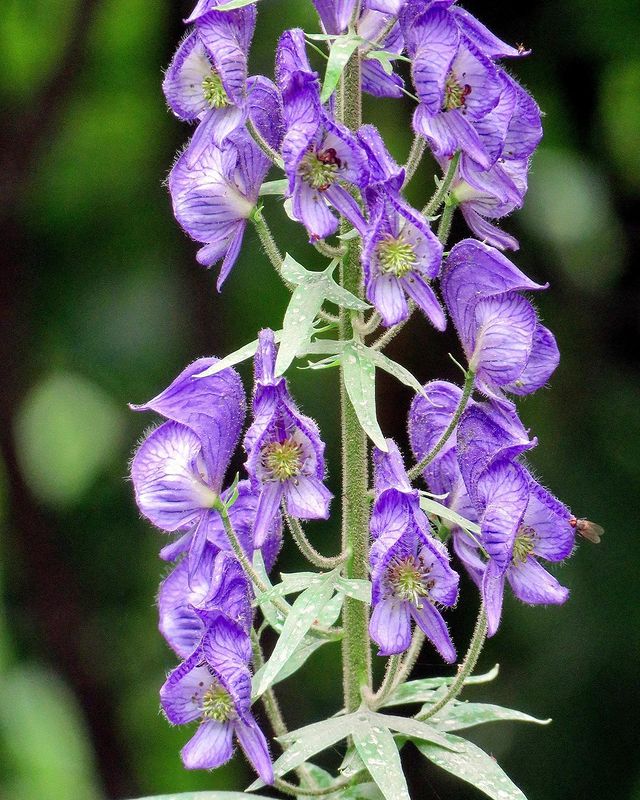Wolfsbane plants grow with a myriad of colorful blooms, but don’t fall for the trap, as the plant is extremely toxic, even to the touch!
Wolfsbane (Aconitum sp.), also called Monkshood, belongs have more than 300 varieties widely spread in the Northern Hemisphere.
So, in this article, you will know everything about Wolfsbane’s growth and its toxic effects on this plant.
Table of Contents Show
Can You Grow Wolfsbane?
The specific growth requirements and toxicity of Wolfsbane make it challenging to grow Wolfsbane in the garden.
However, growing this plant in a cool climate with moist and well-draining soil rich in organic matter is possible.
Moreover, this plant prefers watering every 3-4 days, balanced fertilizer once a month, and 6 hours of indirect light.

After overwatering, Wolfsbane may also suffer from root rot and other pathogenic soilborne diseases.
Wolfsbane plant bears incredible blossoms with blue, purple, or bright yellow color, dazzling your summer garden.
It’s possible to propagate this beautiful plant through seeding or dividing established plants.
Furthermore, the plant has the potential to be invasive due to low predators and self-seeding ability.
Where Does Wolfsbane Grow?
Wolfsbane is widely distributed in alpine areas of North America with cooler temperatures and stony slopes.
Moreover, this plant also thrives in damp, woody areas like Maine, Vermont, and New Hampshire in the Northeastern US.
Wolfsbane also grows in different parts of Asia, Europe, and Canada that meet its optimal temperature.
Basically, wolfsbane grows best in acidic soil having good air circulation, So it’s vital to plant it, providing proper spacing.
Also, you can grow the plant both indoors and outdoors. Use sheer curtains to provide indirect light to your Wolfsbane indoors.
Is Wolfsbane Poisonous?
Besides the astonishing beauty and unique appearance, Woldsbane is poisonous to humans and pets.
All parts of this toxic plant are harmful; even a little consumption can lead to stomach upset, vomiting, and diarrhea.
In the huge consumption, you and your pets may suffer from paralysis, heart and lung failure, coma, and death.
Thus it’s vital to keep Wolfsbane away from pets and children. Also, use gloves and other precautions while dealing with this harmful plant.
Due to the toxic effects on human and animals, Wolfsbane selling and possession of Wolfsbane is not legal in United States.
Moreover, deadheading the spent flowers will prevent the self-seeding and spread of the plant beyond limitation.
In case of accidental ingestion by pets, contact:
From Editorial Team
Caution!
Although Wolfsbane is helpful in preparing medicines for inflammations and pains, using it without an expert’s help is not a good idea.
The toxic effects don’t decrease even after cooking at a high temperature; even the small ingestion can be fatal.


